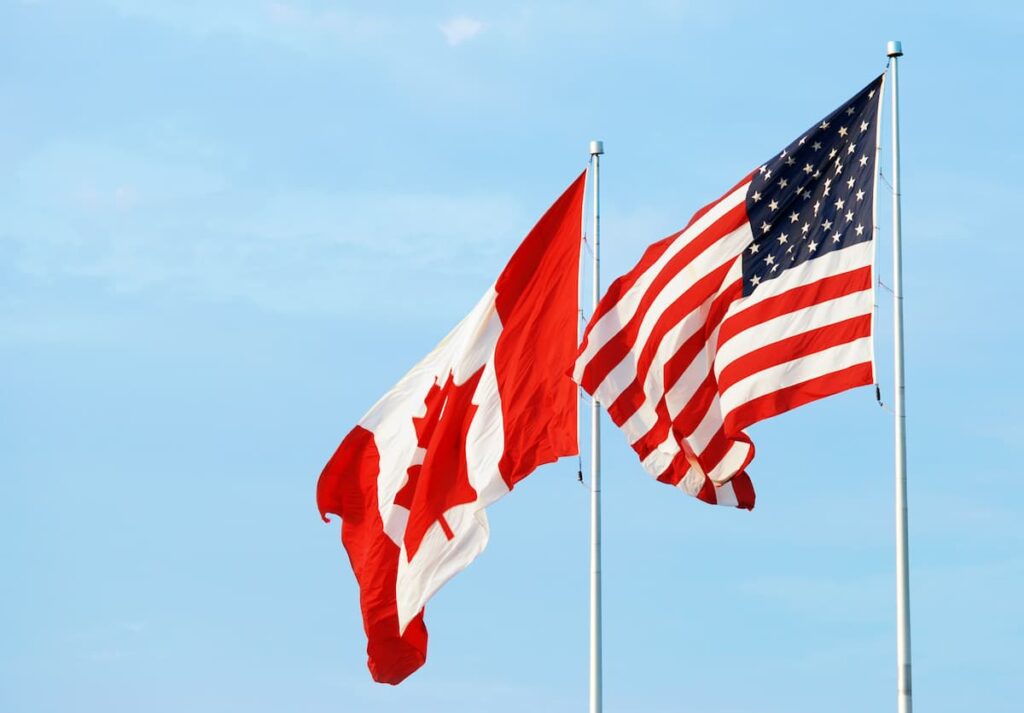Mounting Trade Tensions With Washington
Canada’s efforts to finalize a new trade agreement with the United States have hit a critical impasse. With threats of severe tariffs looming, Prime Minister Mark Carney convened an emergency meeting with all ten provincial premiers and three territorial leaders to unify Canada’s response. The central issue is a proposed 35 percent tariff on Canadian exports set to be imposed by Washington if no agreement is reached in time.
The Canadian government, while continuing negotiations through its designated envoy in Washington, made clear that it will not accept a deal that compromises national interests. Instead of rushing into an agreement, Carney emphasized the importance of maintaining long-term economic stability and protecting key industries like steel, aluminum, and automotive manufacturing, which have already suffered under recently imposed US duties.
Negotiation Deadline Sparks Political Unity
Canada’s initial hopes for a swift resolution were undermined by sudden changes in the US position. Trump’s threats of new tariffs disrupted the timeline originally set by both governments. The unpredictability of US negotiating tactics has led to increased caution within the Canadian leadership.
Provincial leaders, including those of Ontario and Quebec, expressed concern over the fluidity of talks and emphasized the difficulty of engaging with the current US administration. While details of internal discussions remain confidential, there is general agreement across party lines on resisting pressure to accept unfavorable terms. Several premiers voiced their intent to diversify trade partners and expand domestic infrastructure as a buffer against external economic shocks.
Retaliation and Sovereignty Under Debate
The diplomatic standoff took another turn when remarks from the US ambassador to Canada were made public. He attributed the trade tensions in part to restrictions on American liquor and wine sales in some Canadian provinces, painting Canada as an unfair trade partner. This sparked immediate backlash. Leaders from British Columbia and other provinces defended Canada’s regulatory decisions as expressions of national sovereignty and economic autonomy.
Officials insisted that standing firm in defense of Canadian jobs and industry is not only justified but necessary. In response to growing protectionist rhetoric from the US, the Canadian government is now actively pursuing new trade deals and internal economic development strategies to reduce dependency on the US market.
A Broader Economic Strategy Emerges
Despite the risks of losing a deal with its largest trading partner, Canada appears committed to a broader vision. This includes building new infrastructure projects, increasing interprovincial trade, and deepening ties with other global partners. The objective is to strengthen economic resilience and reduce exposure to politically driven trade disruptions.
The current impasse is being closely watched by industries and international observers. The Canadian government has signaled that it will continue negotiations with Washington, but only under conditions that serve the country’s long-term interests. For now, the message from Ottawa is clear: Canada is willing to walk away rather than compromise its sovereignty or economic future.



